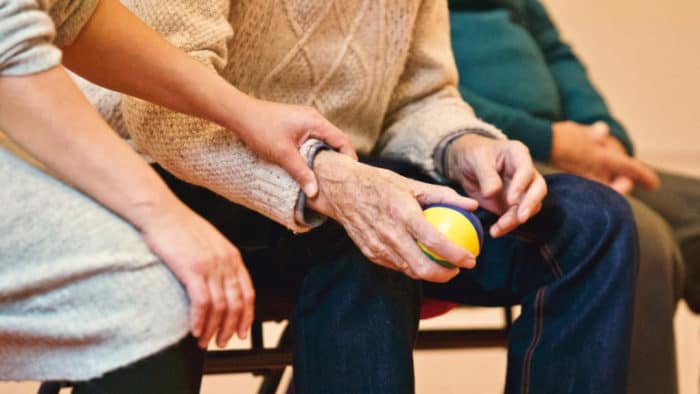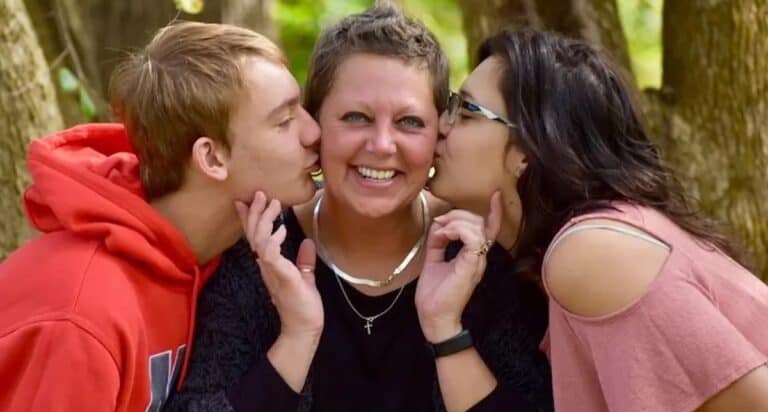We are moms, and we are worried.
The coronavirus has seen to that.
If worry is the love language of motherhood, we’re speaking it more fluently than we’d like to these days.

We are worried about our kids
We are worried about the virus. We are worried about our kids getting it, or our parents. We are worried about getting it ourselves and not being able to take care of our people (always one of a mom’s greatest fears, even apart from a worldwide health crisis).
We are worried about the ripple effects of the virus. We are worried about crucial services being shut down just when those services are needed most. We are worried about jobs and the economy. We are worried about the money we just lost in the stock market.
We are worried about our students on campuses that haven’t closed. We are worried about our students on campuses that have shut down: about credits and tuition reimbursement and online classes and getting our kids home.
We are worried—or, at the very least, terribly sad—about things that might not happen or are already definitely not happening: games that won’t be played and shows that won’t go on and prom dresses that won’t be worn and competitions that won’t be contested.
We are worried about vacations we’ve planned as families that have a “last-time” feel to them. We are worried about trips our kids have scheduled that have a once-in-a-lifetime feel to them.
We are worried about all of this coming to a head when we’re not together.
In the eye of this storm of anxiety, the temptation is to put the rest of life on hold…which of course only gives us more time to fret and fear.
We cannot simply tell ourselves, “Don’t worry.” We’re fighting a frontline battle of our minds, so the mental worry track we’ve got running on a repeat loop has to be replaced. When worry takes on a physical form, we can’t just tell ourselves, “Stop fidgeting. Stop pacing.” We have to replace agitated activity that takes us nowhere with intentional activity that takes us somewhere.
If worry is a bully pressing in hard, maybe one of these mental or physical actions can help us push back and gain the upper hand of hope.
Things we can do to help us through our worries
Get the facts (and then go on). Worry is born in the unknown. We worry when we don’t know what’s true, and we worry when we don’t know what we’re going to do about what’s true. Either way, we need to deliberately seek out reputable sources of accurate information, act prudently on that information—and then set those sources aside for a time.
We might watch the news, scroll social media, and read some articles—but for minutes, not hours (perhaps we set an alarm), then shut them off and either follow up with action or mentally move on to something else that’s real. (See “give thanks,” below.)
Adjust life. (But don’t abandon it.) Life is different right now. Things are changing hour-by-hour, and we aren’t going to weaken our worry by ignoring these changes or brushing them off. But neither should we put all of life on hold.
We’ve got to keep living and working and helping and enjoying. Maybe we have to change or cancel some plans. Maybe we’re going to be in touch with our people more often. Maybe we’re going to buy an extra pack of toilet paper. Maybe we’re going to stay home. But we can still make future plans. We can still laugh. We can still do ordinary things that suddenly feel extraordinary under the circumstances: listen to a new song, watch an old movie, finally finish a book (reading one or writing one!).
Just do the next right thing. Worry wants to know the next 100 steps we’re going to take. Then it wants us to try to take at least five or 10 of them at once. But life is lived step by step, so we’re wisest when we figure out the next good thing to do and then do it well. Do we need to send a questioning or confirming email? Make dinner? Finish a work assignment? Reach out to someone who’s hurting? Take a walk? Get some sleep? (Wash our hands.)
Celebrate anyway. When bad things are going on in the world around us and in our particular corners of the world, we’re tempted to disregard the good that’s still happening. But good hasn’t been completely swallowed up by bad. Joy hasn’t given way entirely to sorrow. We can—and must, really—give happiness its due. The difference is that whereas, apart from a potential global pandemic, we would simply, easily celebrate, now we celebrate anyway. We celebrate even though. We temper our celebrations, maybe, but we celebrate, still.
Give thanks, get peace. The link between gratitude and peace is huge and powerful. When worry is luring us into its dark corner, one way of escape is replacing a piece of that worry with something related that we’re thankful for. For instance, if we’re worried about our children’s future health, we can fight the good fight for peace by intentionally thinking that we’re thankful for our children’s current good health.
Giving thanks, it’s worth noting, is not the same as being thankful. “Be thankful” feels like an order to manipulate our feelings. “Give thanks,” on the other hand, allows for intentional action apart from emotion. Gratitude becomes an offering we extend—with peace as the trade we get back in return.
“Worrying,” wrote Corrie Ten Boom, “is carrying tomorrow’s load with today’s strength—carrying two days at once. It is moving into tomorrow ahead of time. Worrying doesn’t empty tomorrow of its sorrow, it empties today of its strength.” We are moms, and our children, families, neighbors, friends, and communities need our strength. They don’t need it tomorrow, yet. They need it today. They—and we—need strength for this day we’re living…a day when we may be speaking worry fluently, but we’re shouting love and hope loudly.
More to Read:
I Want to Keep Earning a Place of Honor in My Children’s Lives
When We’re Not Sure of Anything Else, We’re Sure We Love Each Other









